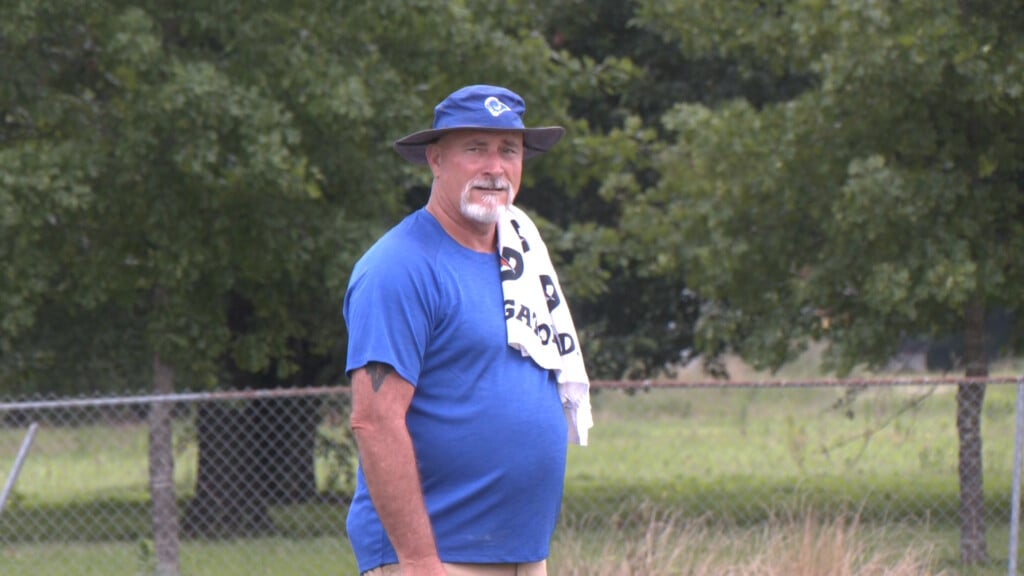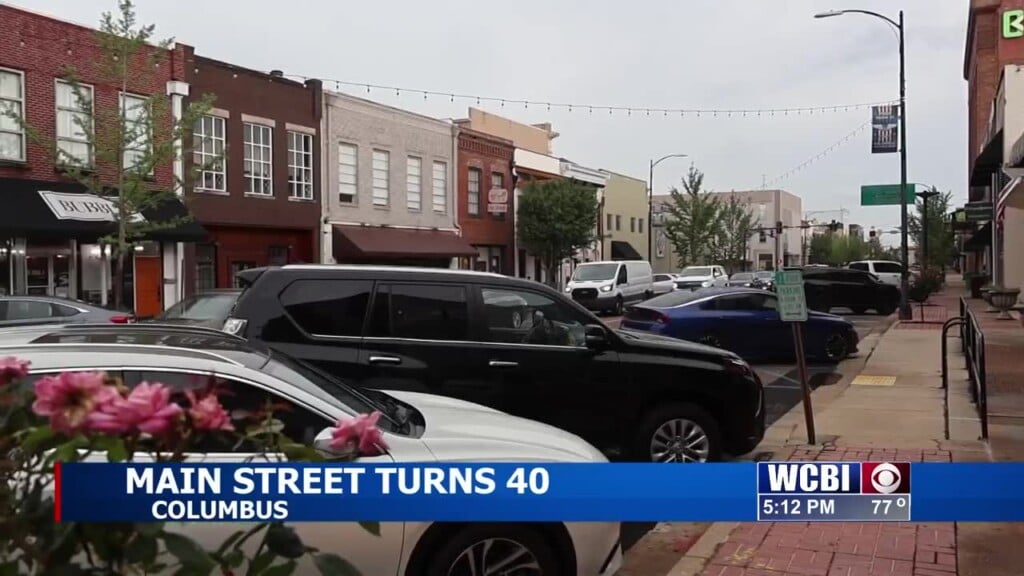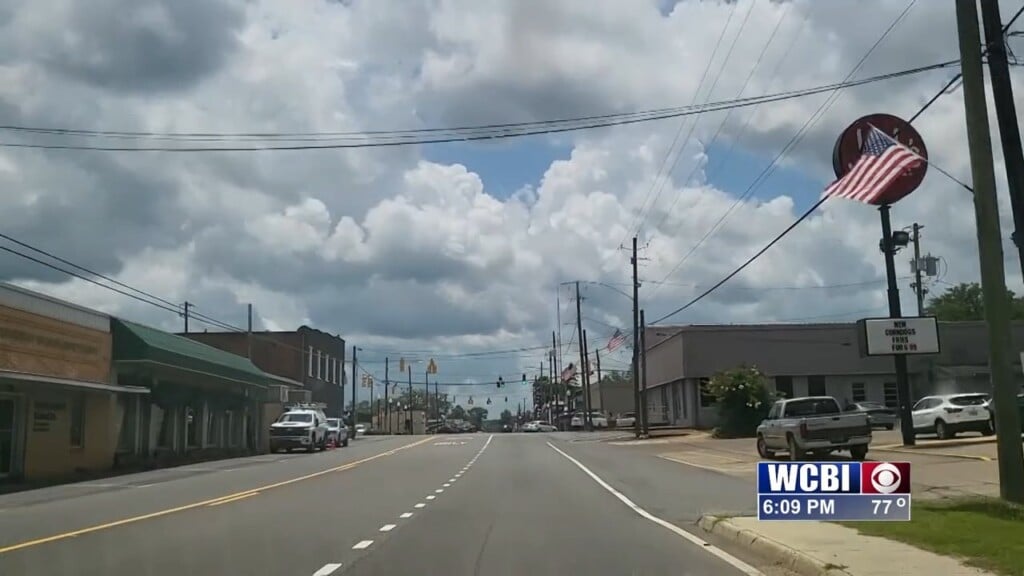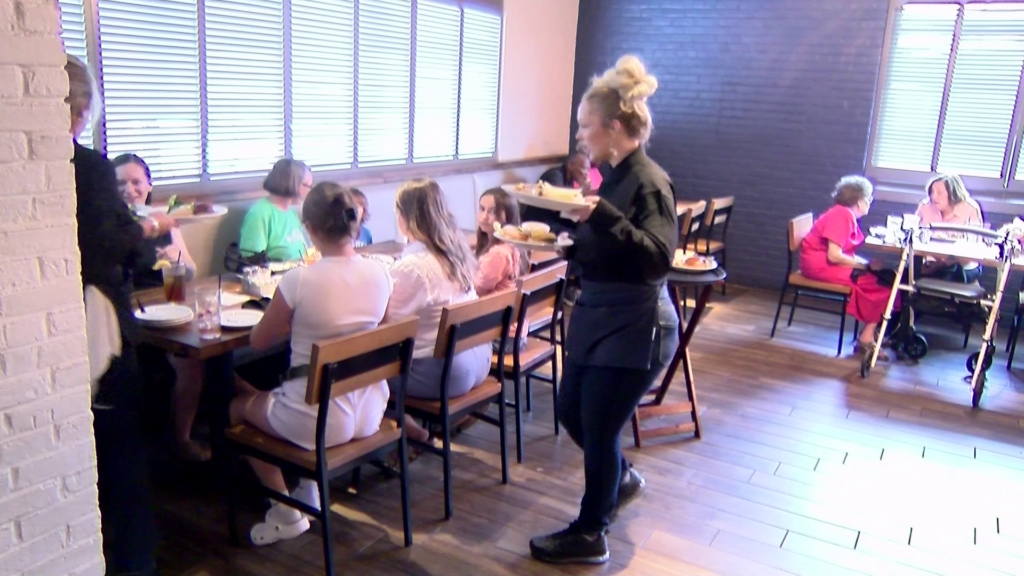Transcript: Jim Ryan on “Face the Nation”
The following is a transcript of an interview with University of Virginia President Jim Ryan, that aired Sunday, May 10, 2020, on “Face the Nation.”
MARGARET BRENNAN: It’s graduation season. As students finish high school and college in the next few weeks, the big question that students and parents have is what will the fall and their future look like? Jim Ryan is the president of the University of Virginia, my alma mater, as well as the alma mater of our executive producer, Mary Hager and former Face the Nation moderator John Dickerson. Wahoowa.
UNIVERSITY OF VIRGINIA PRESIDENT JAMES E. RYAN: Wahoowa, MARGARET.
MARGARET BRENNAN: So you have not yet canceled all summer courses or the fall semester.
RYAN: Right.
MARGARET BRENNAN: How do you make this decision? What are you telling parents right now?
RYAN: So, we are in the midst of trying to figure out how we can have as many students back on grounds in the fall and in classrooms and to do that safely. And we’re working night and day to figure out exactly how to do that and we’ll make an announcement about the fall in mid-June. We’re trying to push back as far as we can so we’ll have the best information when we make the decision but we also realize that people need to be able to make plans.
MARGARET BRENNAN: Certainly do. But what do you mean when you say, you know, you’re taking into consideration health standards?
RYAN: Yeah.
MARGARET BRENNAN: Do you expect to have to test every student before they come back to grounds?
RYAN: So, you know, I think in order for us to be able to have students back on grounds and in classrooms, there are a few basic things we’re going to need. One is testing capacity. I think we would need to test students when they first arrive and faculty and staff before the students arrive. We’re going to need to have the ability to do contact tracing. We’re going to need the ability to be able to isolate and quarantine students who have been exposed. And then we’re also going to need to enact a bunch of social distancing protocols in terms of how far away students need to be from each other in the classroom or in dining halls. As you can imagine, it’s a- it’s a complicated task. College campuses are a difficult and challenging place for contagious viruses.
MARGARET BRENNAN: What you just described is what mayors and governors tell me they have to do. It sounds like you’re planning for- for basically a city.
RYAN: That’s it, yeah.
MARGARET BRENNAN: What is- what is the state telling you? Will all Virginia state schools make the same decision at the same time and do the same thing?
RYAN: So, we are in contact with the Department of Education, and I’m also in close contact with my colleagues at Virginia colleges and universities, and we are all trying to work against the same challenge. And my hope is that there will be a set of guidelines that we can all agree to and all follow. But not all of us are in the same situation as well. Some of us are- have smaller campuses than others, some are more local than others. So I think we’re all following the same principles and all guided by concerns around public health. But because circumstances differ from campus to campus, some might be able to open sooner rather than others. Some may be able to have more students back than others.
MARGARET BRENNAN: UVA has a relatively high percentage of out-of-state and international students.
RYAN: Yeah.
MARGARET BRENNAN: As you look at applicants, you know, how are you taking into consideration not just where people are coming from, but how many people to accept at the university?
RYAN: Yeah. So international students are- are a particular challenge. A number of them are not likely to be able to be back in time. So one thing that we know for sure is that we will have courses that are online in order to provide an education to students who can’t come back to campus. That may be true for students who are out of state or in state, who are at high risk as well. But our admissions season this year was remarkably strong. We had a higher yield than we did last year, and we fully expect to have a fully enrolled class when fall- when fall comes around.
MARGARET BRENNAN: Higher yield. Do you mean more acceptances?
RYAN: I mean, more people have accepted our offers of admission, a higher percentage accepted our offer of admission than last year, which is a little surprising given the uncertainty.
MARGARET BRENNAN: Right. UVA obviously has a strong athletic program on the basketball front, certainly on the football front as well. Those are also revenue streams. What do you know about the athletics season? What is the plan?
RYAN: Yeah. That’s a great question. We’re taking it day by day. Obviously, we need to have students back on grounds before football can begin. But our athletic director, Carla Williams, and our head football coach, Bronco Mendenhall, are committed first and foremost to the safety and well-being of their players, our student athletes. And they’ll begin practice when the medical experts tell them that it’s safe to do so. Our hope, obviously, is that there’s a football season this fall. I don’t imagine it will look like normal football seasons, just like I don’t imagine even if we have all students back on grounds, it will look like a normal semester. It will not be a normal semester next fall, regardless of which path we follow.
MARGARET BRENNAN: So, you know, the federal government passed this massive package called the CARES Act and private universities with very substantial endowments like Harvard and Princeton took a lot of public pressure for even applying for any kind of financial help. UVA has an endowment just short of 10 billion dollars and did take it. How do you explain that?
RYAN: Well, we accepted the funding because it is helping our students. Half of the funding that we receive goes directly to students in need. We created a student hardship fund that we’ve been using to provide grants for technology, for online learning, for transportation, for living expenses. And those needs are only going to continue throughout the summer and the fall. So half of the funding we received is directly related to providing assistance to our students. The other half reimburses us for costs that we incurred,–
MARGARET BRENNAN: OK.
RYAN: –including rebating housing and dining costs. So we’re really passing on these savings to our students. And I think that’s a good thing to do.
MARGARET BRENNAN: All right. President Ryan, good luck to you and to all the upcoming graduates.
RYAN: Thank you very much.
MARGARET BRENNAN: We’ll be right back with a tribute to mothers.





Leave a Reply